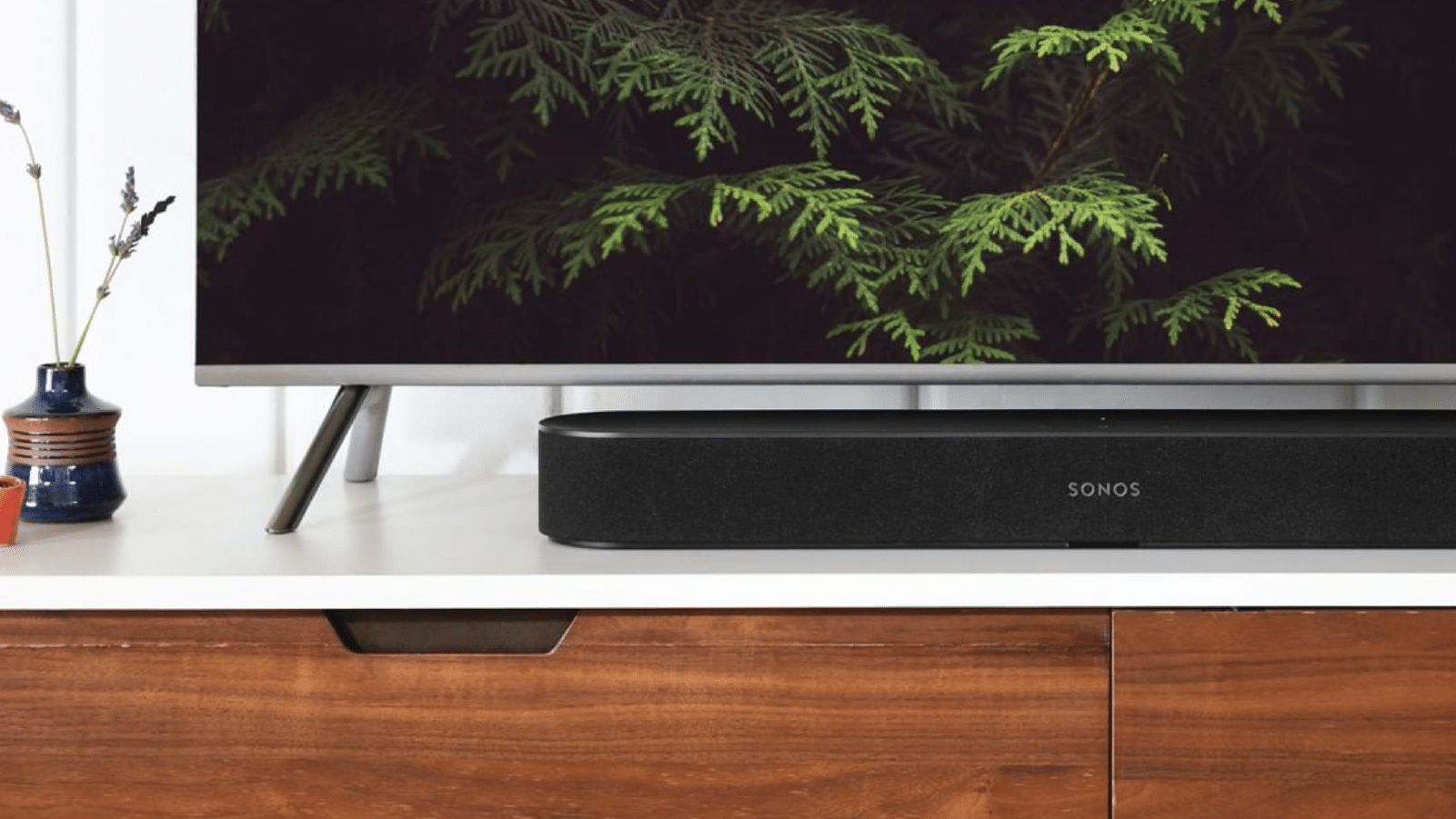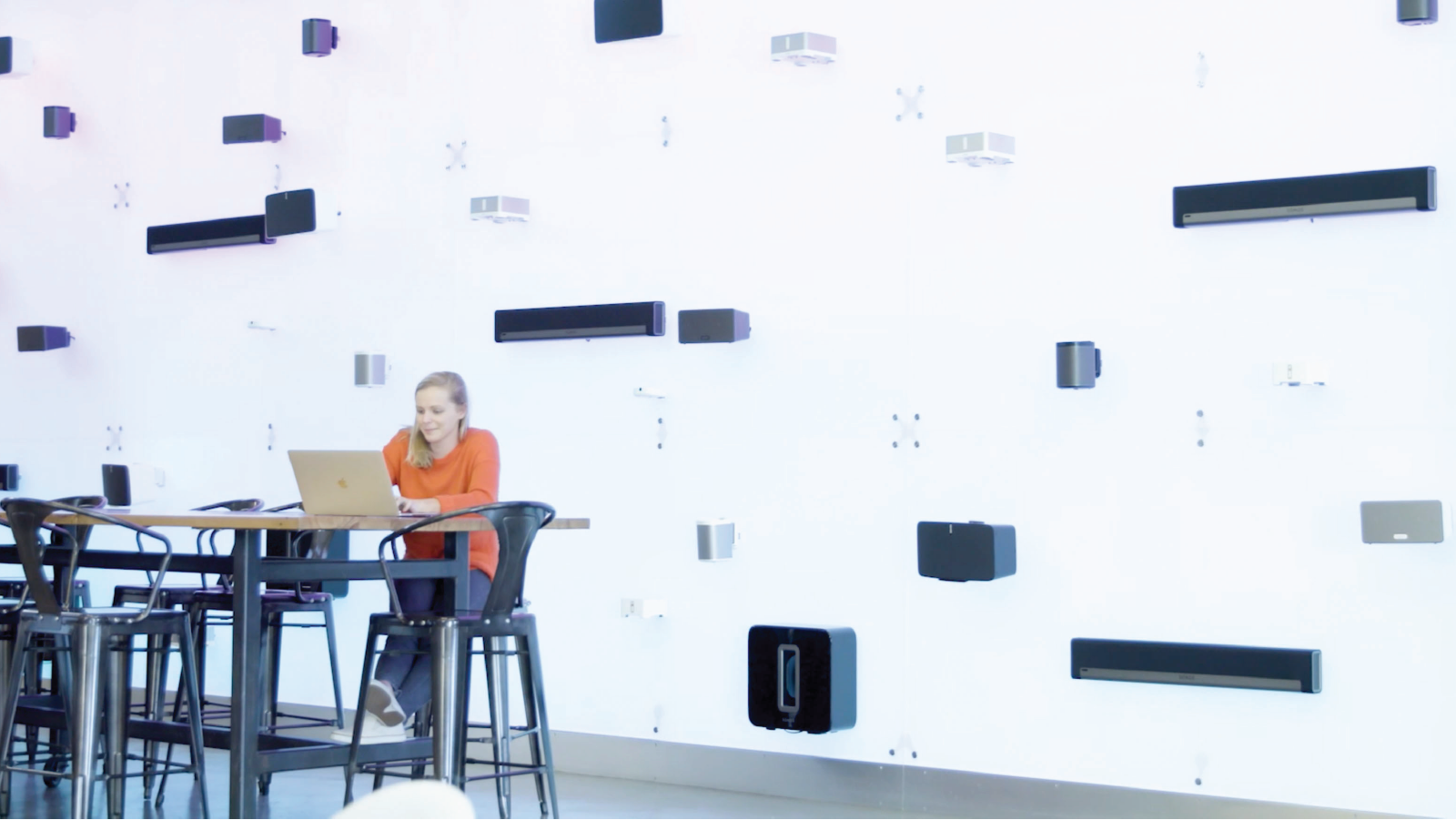
Explore Industry Research
What do Gartner, Forrester, and IDC have in common? They all named Anaplan a planning leader.
Our ability to collaborate internally is vastly improved, which reduces the stress level and really enables a better team relationship.Heather Williams, Senior Director of Integrated Business Planning
of one FTE’s time spent integrating spreadsheets, down from 70%
day to execute demand changes, down from two weeks
visibility across resources, spending, and product lines
Sonos invented multi-room wireless home audio and markets its products in more than 50 countries. Before Anaplan, Sonos managed its complex supply and demand ecosystem using dozens of spreadsheets. With a supply base consisting of over 200 individual component suppliers, the Sonos supply chain planning team struggled to balance supply and global demand. The process was slow and error-prone, and planners spent the majority of their time manually maintaining and connecting data points.
Sonos brought in Anaplan and created end-to-end supply chain visibility with plans that span resources, spending, and product lines. The Sonos team started their implementation with supply and demand balancing, and then added a supply planning module that enables a granular view of products at the factory level. Most recently, they incorporated demand planning to add forecasting into the mix.
The biggest ROI that Sonos has found with Anaplan is measured in hours. For example, one analyst who previously spent 70 percent of her time integrating spreadsheets now spends less than 10 percent of her time on that task. The Global Planning team also saves time in their planning cycle. For example, executing a change in demand used to take two weeks—now it takes just one day.
Sonos chose Anaplan for its speed and flexibility. With Anaplan’s cloud-based platform, the team has a vision to connect more parts of the business, improve communication, and influence culture change. As Heather Williams, Senior Director of Integrated Business Planning, said: “Our ability to collaborate internally is vastly improved, which reduces the stress level and really enables a better team relationship.”
My name is Jonathan Rocque. I’m the Director of Global Sourcing at Sonos, and I’m responsible for the overall Anaplan implementation here.
Sonos began with the singular focus of filling every home with music. We are in the business of creating wireless home sound systems.
Sonos’ supply base has 200-plus individual component suppliers. What really makes us complex is that when we sell into our channel, we forecast down to the individual retailer level.
Before Anaplan, we balanced supply and global demand by integrating lots and lots of different spreadsheets. This exercise was prone to error and often introduced a lot of delays in the process.
What Sonos really wanted was a single integrated plan or view of the company when it came to resources, spend, and product lines.
In addition, what Sonos needed was something that could provide us with enterprise collaboration and also give us a fast implementation cycle time.
The decision to bring in Anaplan was driven largely by our Global Planning team. They had been working with multiple spreadsheets, trying to integrate them and derive value from the data. The team had been evaluating different tools, systems, and platforms, and really arrived on Anaplan as a solution due to the flexibility of the system.
We have developed quite a few use cases since we brought Anaplan into the company. So we started with supply-demand balancing.
We moved on to our supply planning module, which enables us to get better granularity and connection with the products coming in and out of the factory. After that, we moved on to demand planning to try to get our forecasting integrated into the system.
We’re currently in process of working a component-level forecast module, in addition to supplier visibility, into the system. So we’re actually using the tool to gain end-to-end supply chain visibility and planning, and to generate detailed reports, which before we were unable to do.
Our Anaplan implementation comes back to our company value of the Golden Rule. We partnered with Anaplan from the beginning, we knew that we were going to take an iterative approach to get to the final destination, and we worked together to get there.
The biggest ROI that Anaplan has given us is freeing up people’s time to do more value-added work. One of our analysts was spending 70 percent of her time integrating spreadsheets, and now spends less than 10 percent of her time on that activity.
Overall Anaplan has reduced time from two weeks, in some cases, to integrate data and provide the answer we were looking for to just a matter of hours.
It’s connected multiple data sources that previously needed to be integrated manually by our business analysts.
Before Anaplan, we were unable to connect directly with our product lifecycle management system and our product configuration database. Since Anaplan, we’ve been able to make a direct connection between that data source and the Anaplan platform.
This provides us with the ability to reduce manual extraction of roughly 67 spreadsheets per month to generate the data we needed to run our cost and spend analysis.
Connectedness is extremely important to Sonos, given that we have global locations throughout Asia, North America, Europe, and Australia.
One of the key benefits of Anaplan is that it is a cloud-based platform that enables us to connect with our global supply base through a common interface.
What we’re building is an Anaplan center of excellence within the company.
Anaplan is going to be the platform that connects our organization. We’re going to use the information from the tool to drive new systems, processes, and understanding into actually how to run our business better.
I have a vision that Anaplan will reach further into the organization than other tools have by connecting all these disparate data sources and integrating them into a single platform. In doing that, it will also influence culture change, improve communications, and allow everyone involved in the end-to-end operation of a supply chain to know what’s happening at all the different functions.
My name is Heather Williams and I’m the leader of the Integrated Business Planning team here at Sonos.
We had a very manual process prior to using Anaplan. Everything was largely Excel driven, so it was very labor intensive. All the planners really spent a lot more time maintaining spreadsheets than they did actually planning. Our ability to create business scenarios to drive management and executive decisions around supply and demand was fairly limited.
We were looking for a tool that would better enable that process, as well as our weekly planning—just tactical planning cycles and collaboration.
Anaplan has allowed us to put in checks and balances, capacity check, model component constraints in the tool. So we have a high level of confidence in the plan when we publish it to the business.
Anaplan enabled a very quick implementation. And then we’ve been able to actually scale the tool as we’ve gone live, so we’re planning ahead for increased complexity that we know is coming.
It’s really transformed the way we’re working, particularly around our inventory management and internal collaboration with the supply chain team and our demand planning partners.
We plan to a very stringent days-on-hand target in all of our distribution centers.
Anaplan is actually enabling us to better calculate the exact supply that’s needed to maintain that target inventory level.
It’s also helped us to better recognize when our demand consumption is off, so we’re immediately tracking variances to that target inventory level in the future and can make immediate supply corrections.
The biggest improvement that we’ve seen is our planning cycle time.
Prior to Anaplan it would sometimes take us two weeks before we could fully roll out a demand change. We’re now able to do that in one day, plus a day for the team in Asia to actually process on their end, and then we get the supply commitment back by the end of that week.
Our ability to collaborate internally is vastly improved, which reduces the stress level and really enables a better team relationship with all of us internally.
We’re able to show off the work that we’ve done much, much better now with Anaplan.
So it’s really enabling us to share the information more widely throughout the company—we’ve had progress in keeping inventory closer to target levels and publishing the plans, resulting in our financial teams to better project the financial impact of the supply plans.
We all have more time now to analyze rather than work in spreadsheets, but we are actually filling up our workload just as much as we were previously, but it’s more challenging and rewarding work now.
Instead of worrying about, “How do I get this data?” they’re worrying about, “What does this data mean and how can I use this to drive a better decision for Sonos?”

